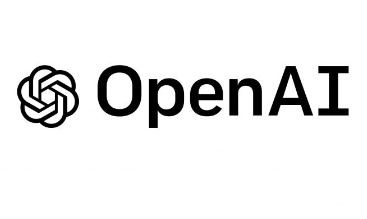Vehicle Coolants
"Welcome to the module on coolant. In this lesson, you'll learn about what coolant is, the production process, the types of raw materials used, different types and their applications, and how to check coolant, including the importance of its color and level. Let's get started!"
Module 1: What is Coolant?
Script:
- "Coolant, also known as antifreeze, is a fluid used in engines to prevent overheating and freezing."
- "It helps maintain an optimal operating temperature, protecting the engine from extreme temperatures."
- "Coolant also prevents corrosion and provides lubrication to the water pump and other components."
Question: "Can you explain why coolant is crucial for vehicle engine performance?"
Module 2: Production Process of Coolant
Script:
2.1 Base Fluid Selection
- "The process starts with the selection of the base fluid, which is usually ethylene glycol or propylene glycol."
2.2 Additives Incorporation
- "Additives are then mixed into the base fluid to enhance properties like corrosion inhibition, anti-foaming, and pH balance."
2.3 Dye Addition
- "Dyes are added to the coolant to give it a distinct color, helping in leak detection and identification."
2.4 Quality Control Testing
- "The formulated coolant undergoes rigorous testing to ensure it meets industry standards and performance specifications."
- "Tests include boiling point, freezing point, and corrosion resistance."
Question: "Why is it important to add dyes to coolant during the production process?"
Module 3: Types of Raw Materials Used
Script:
- "The primary raw materials used in coolant are ethylene glycol or propylene glycol."
- "Additives, such as corrosion inhibitors, anti-foaming agents, and pH stabilizers, are incorporated to enhance performance."
- "Dyes are also used to help in identifying the coolant and detecting leaks."
Question: "What are the benefits of using ethylene glycol in coolant?"
Module 4: Types and Applications of Coolant
Script:
4.1 Inorganic Acid Technology (IAT) Coolant
- "IAT coolant contains silicate and phosphate additives for corrosion protection."
- "It is typically green and has a shorter service life."
- Application: "Used in older vehicles and some heavy-duty applications."
4.2 Organic Acid Technology (OAT) Coolant
- "OAT coolant uses organic acids for corrosion protection."
- "It is usually orange or red and has a longer service life."
- Application: "Used in modern vehicles with extended drain intervals."
4.3 Hybrid Organic Acid Technology (HOAT) Coolant
- "HOAT coolant combines the properties of IAT and OAT coolants."
- "It is typically yellow or orange and offers excellent corrosion protection with a long service life."
- Application: "Used in European and Asian vehicles."
4.4 Propylene Glycol Coolant
- "Propylene glycol coolant is less toxic and safer for the environment."
- "It is available in various colors and is suitable for applications where toxicity is a concern."
- Application: "Used in environmentally sensitive areas and applications where accidental ingestion might be a risk."
Question: "Which type of coolant would you recommend for a modern vehicle with extended service intervals and why?"
Module 5: How to Check Coolant
Script:
- "Checking coolant involves inspecting its level, color, and condition."
- "Ensure the engine is cool before checking the coolant to avoid burns."
- "Locate the coolant reservoir, which is usually translucent with 'minimum' and 'maximum' marks."
- "Check the coolant level; it should be between these marks."
- "Inspect the color of the coolant; it should match the manufacturer's recommendation and be free of contaminants."
- "Look for any signs of contamination, such as rust particles or oil."
Steps to Check Coolant:
- "Ensure the engine is cool."
- "Open the hood and locate the coolant reservoir."
- "Check the coolant level against the 'minimum' and 'maximum' marks."
- "Inspect the color and condition of the coolant."
- "If the coolant level is low, top it up with the recommended type of coolant."
Question: "Why is it important to check the coolant level and color regularly?"
Conclusion
"Thank you for completing the module on coolant. Understanding the types, production process, and proper inspection of coolant is essential for maintaining the performance and longevity of your vehicle's engine. Regular checks and proper selection of coolant can prevent overheating and engine damage."
Final Quiz
- "What is the primary function of coolant in a vehicle?"
- "Describe the production process of coolant."
- "Name two types of additives used in coolant."
- "Explain the difference between IAT and OAT coolant."
- "List the steps to check coolant in a vehicle."
- "Why is it important to inspect the color and level of coolant?"












No Comments